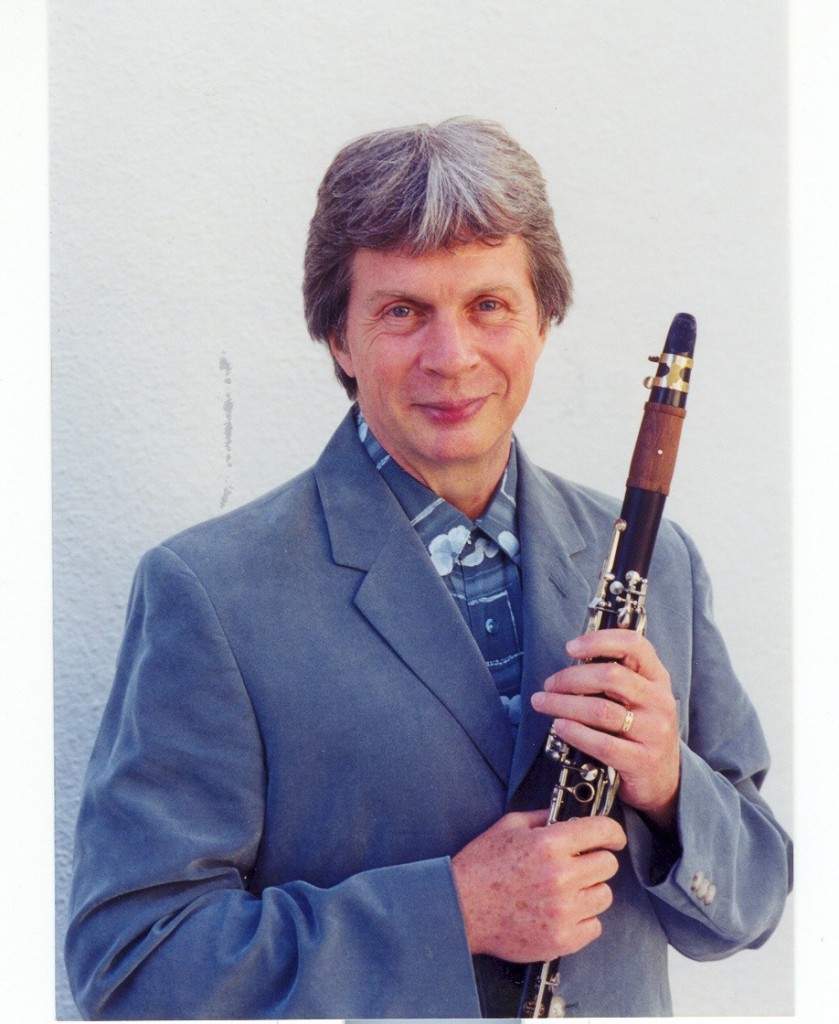Stoltzman brings a veteran’s mastery to the Kravis Center

Richard Stoltzman performed with the New York Chamber Soloists Tuesday night at the Kravis Center in West Palm Beach.
The classical world abounds in touring pianists and violinists. But clarinet virtuosos are rare creatures, and when the best-known master of that instrument, Richard Stoltzman, gave a concert Tuesday at the Kravis Center in West Palm Beach, he compensated for the infrequency of the occasion with an extremely generous program.
Stoltzman’s concert with the New York Chamber Soloists Orchestra showed a vast solo range for an instrument that normally speaks from the middle of the orchestra, performing Mozart’s Clarinet Concerto, a virtuoso set of variations by Rossini and a movement from Oliver Messiaen’s Quartet for the End of Time.
Stoltzman opened with “Abîme des oiseaux,” the solo clarinet movement from the Quartet for the End of Time, a piece he had worked on with the composer as a member of the Tashi Quartet. Seven or eight minutes of unaccompanied clarinet can sound like hard going, but Stoltzman’s performance was so concentrated and varied in tonal colors that it made you forget the absence of other players. He would play an almost inaudible low note and bring it to a fortissimo that filled the Kravis Center, then sustain a long melody through a single breath and perform the quick, burbling notes meant to evoke birdsong in a manner that was energetic without a trace of raucousness.
Rossini’s Introduction, Theme and Variations is a work in the classic virtuoso style, with variations that grew increasingly difficult, demanding extremely rapid playing and sudden wide leaps. Stoltzman got most of the notes, as the work’s accelerating blur of sound gave it a faint edge of ridiculousness, but bobbled too many hard passages—stamping his foot and waving a hand in mock frustration—to make this an effective showpiece.
The second half was devoted to Mozart’s Clarinet Concerto, and this was by far the best part of the concert. Stoltzman’s performance of the first movement’s runs came off with buttery smoothness and a high-spiritedness that gave them a vocal quality as if from one of the composer’s operas.
The work abounds with melodies, and Stoltzman brought to them a round, even tone and a Mozartian phrasing that made every passage come off with style. His playing of the second movement’s long, singing melody was so warm and romantic that it seemed to look forward to the 19th century. And in the last movement, he displayed his virtuosity far more effectively than in the Rossini, sounding once again like one of the world’s greatest clarinet players.
The concert opened with Mozart’s Symphony No. 33. Despite playing without a conductor, the 20-member orchestra achieved a remarkably balanced, tight and full-bodied tone. There were some intonation problems in the violins, particularly in the first movement. But the last movement was especially well played, with delicate, rustling tones in the strings and a texture of great transparency.
Posted in Performances
Leave a Comment
Wed Mar 28, 2012
at 11:42 pm
No Comments






